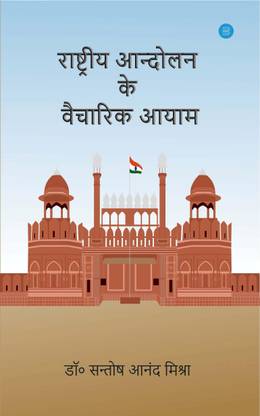Her passion for aerospace engineering and space exploration led her to join NASA in 1988, where she became a part of the NASA Astronaut Corps in 1995. She first flew into space on the Space Shuttle Columbia in 1997 as a mission specialist on STS-87. During this mission, she was responsible for deploying and retrieving the Spartan satellite, as well as conducting various microgravity experiments. This mission marked her as a significant figure in space exploration and an inspiration for many in India and around the world.
Her second mission, STS-107, was a scientific research mission on the Space Shuttle Columbia, launched on January 16, 2003. During this 16-day mission, the crew conducted around 80 scientific experiments to study the effects of microgravity on various physical and biological systems. Tragically, on February 1, 2003, Columbia disintegrated upon re-entry into Earth's atmosphere, resulting in the loss of all seven crew members, including Kalpana Chawla. The disaster was a profound loss to the space community and her admirers worldwide.
Kalpana Chawla's life and career remain a beacon of inspiration. She broke barriers and paved the way for future generations of astronauts and engineers, particularly women and individuals from diverse backgrounds. Her dedication, resilience, and pioneering spirit continue to inspire young minds to pursue careers in science, technology, engineering, and mathematics (STEM) fields.
In her honor, several educational institutions, awards, and scholarships have been established to encourage and support aspiring scientists and engineers. The Indian government has also commemorated her contributions by naming satellites and scientific institutions after her. Through her remarkable journey, Kalpana Chawla's legacy endures, reminding us of the limitless possibilities that lie ahead for those who dare to dream.












4 Comments
👍
ReplyDeleteGreat information Sir🙏🙏🙏🙏🙏
ReplyDeleteGreat information Sir 🙏🙏🙏🙏🙏
ReplyDelete👏👏👏
ReplyDeleteThank you